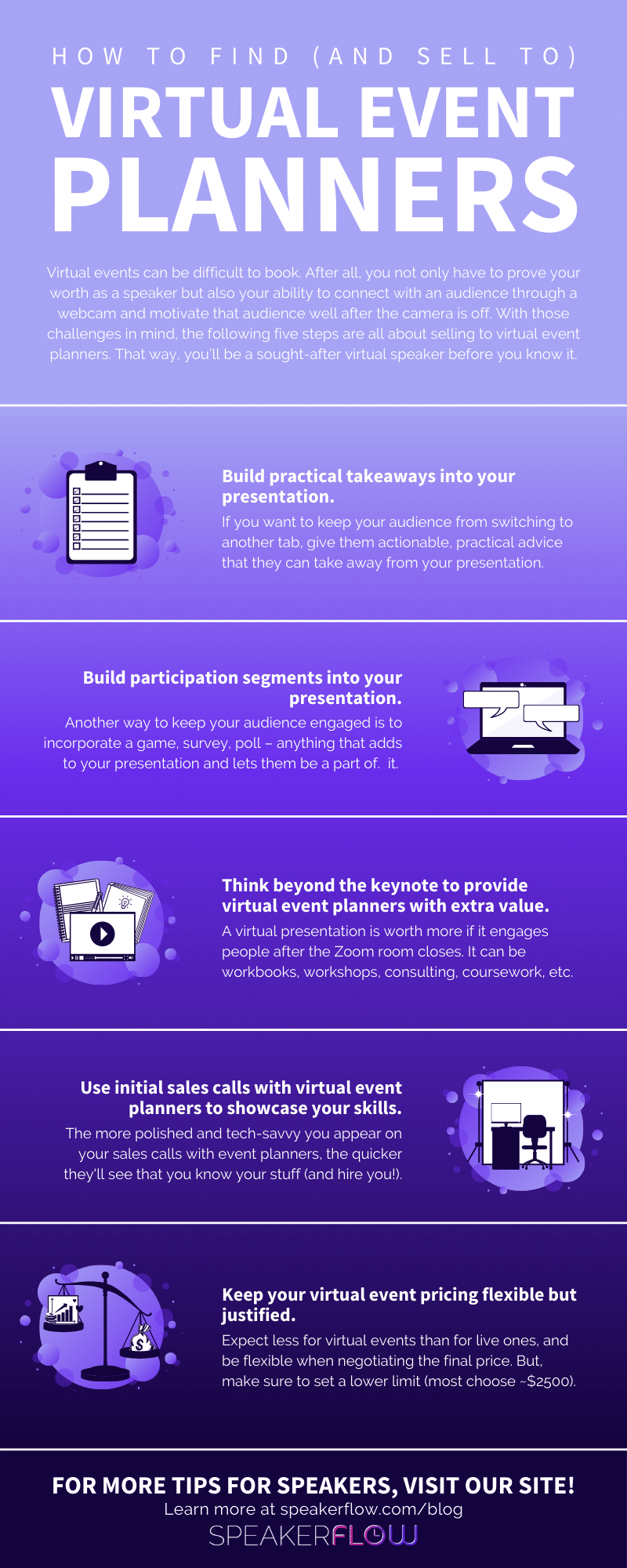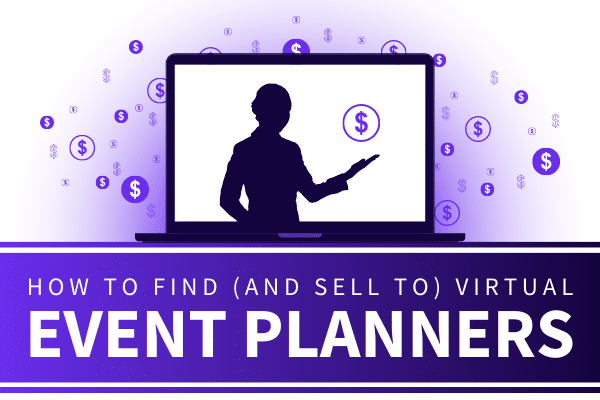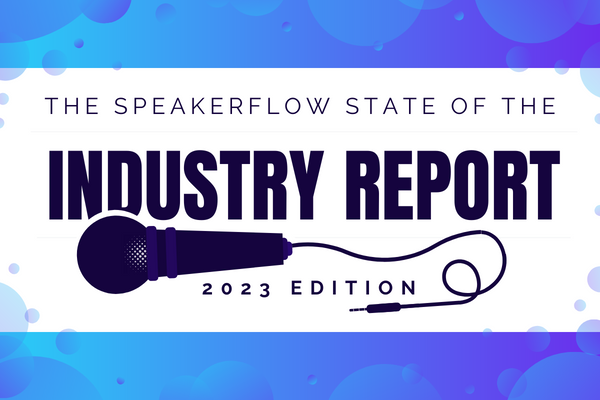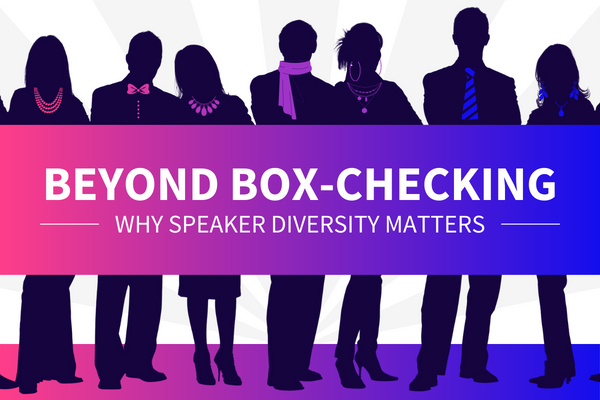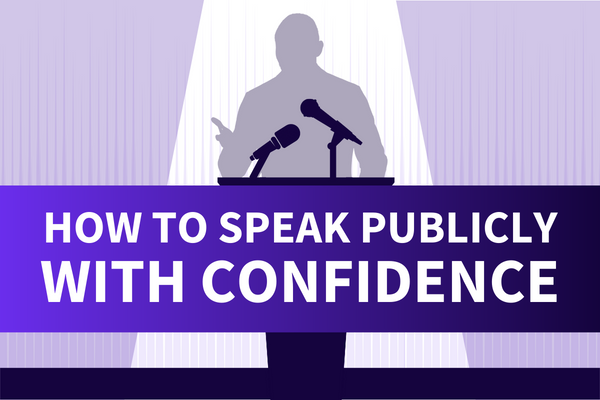With every passing year, new technology – and new ways to use it – seems to appear. We’ve seen new apps, business systems, and sales tools, not to mention all of the advice and attention that seems to rise and fall with them. However, one trend that’s been steadily increasing (especially in the speaking industry) and is unlikely to recede is virtual speaking. We should know! We’ve covered everything from finding virtual event planners to nailing a virtual keynote!
Nevertheless, one thing we haven’t covered in detail is selling to virtual event planners. Because of their unique format, virtual events can be difficult sales for a speaker. After all, you not only have to prove your worth as a speaker but also your ability to connect with an audience through a webcam and motivate that audience well after the camera is off. As a result, it can be harder to demonstrate your value for a virtual event than for a live one. This is especially true if you’re new to virtual speaking engagements and have no testimonials to share. Well, not yet, anyway! 😉
With those challenges in mind, this quick and simple guide is all about virtual event sales. If you’re a seasoned speaker salesperson, this provides solid and supplemental knowledge for you and your team. On the other hand, if you’re new to speaking altogether, these guidelines will help you hit the ground running for any segment of speaker sales. That way, you’ll be a sought-after virtual speaker before you know it.
- Build practical takeaways into your presentation.
- Build participation segments into your presentation.
- Think beyond the keynote to provide virtual event planners with extra value.
- Use initial sales calls with virtual event planners to showcase your skills.
- Keep your virtual event pricing flexible but justified.
Build practical takeaways into your presentation.
Before any sales conversations with virtual event planners, preparation is key. To start, when preparing for a live event, you can generally count on a few things. First, your audience will be in the room with you, so they’re unlikely to become distracted. Second, they’re likely spending most of their day at the event, and your presentation is part of a larger experience. This primes them for your message even before they enter the room.
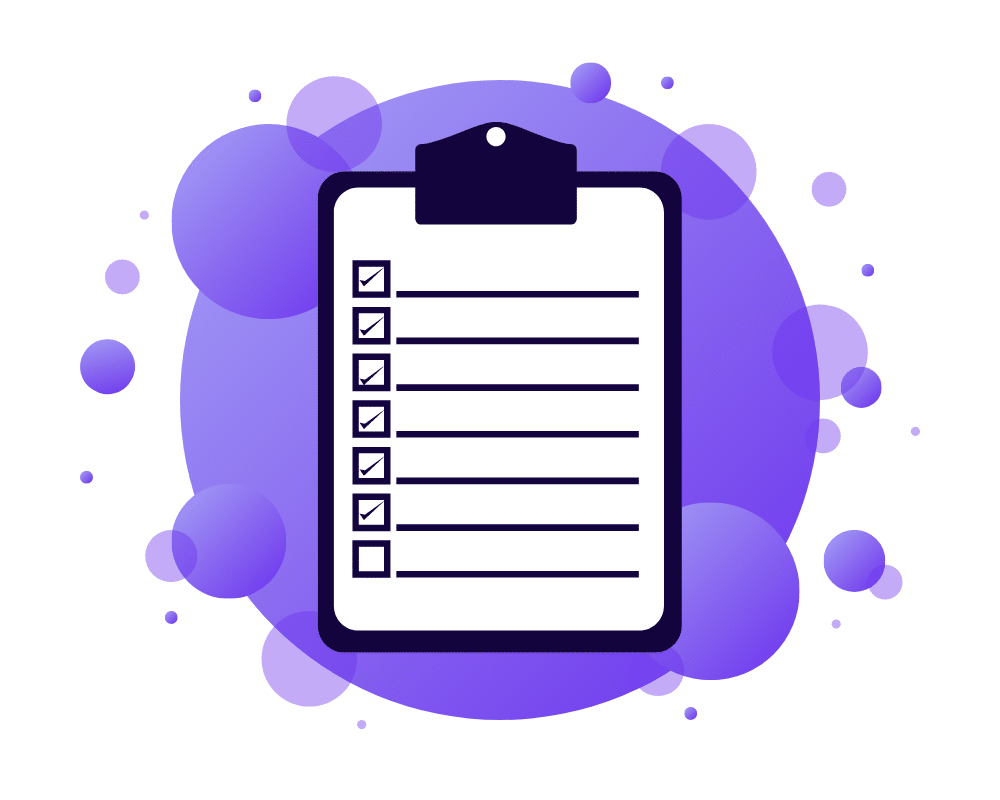
On the other hand, when preparing for a virtual presentation, both of these “guarantees” vanish. Not only are attendees not in the room with you. They’re also exposed to countless other distractions from their surrounding environment. Maybe their dogs are trying to jump in their lap. Maybe their cat is walking across their keyboard. Or maybe they have three kids running around in the background, oblivious to the fact that their parent is trying to pay as much attention to them as to the presentation on the screen. Either way, unlike those at a live event, virtual attendees aren’t obligated to listen. You have to go above and beyond to make them want to listen.
To do this, the most impactful thing you can do is build practical takeaways into your presentation. If you want attendees to listen, you have to not only show that you can relate to them and are qualified to advise them but also that your advice is actionable. Regardless of your topic, attendees should know what to do the second that they leave the “room” and in the days, weeks, and months afterward. That way, you’ll have an impact even after the Zoom room closes. Plus, your client (the virtual event planner) will be ecstatic and likely to recommend you to others.
Build participation segments into your presentation.
Besides practical takeaways, another way to show virtual event planners you know your stuff is to craft your presentation with segments for audience participation. For many virtual attendees, it can be tempting to look at another tab, even if you are getting valuable insights from an event. Personally, for example, I have to avoid the temptation to do other work.

That said, audience participation is a sure and easy way to keep audience members (and workaholics like me) engaged. It can be a game, a survey, a poll – anything that requires your audience to act and ties into the content of your presentation. Obviously, this leaves a ton of room for interpretation, and, the reality is that there is no “golden ticket” to audience engagement. However, there a few speaker-tested tactics to help you kickstart your participation brainstorming.
Below are a few of our team favorites, all of which would show an event planner you know how to be especially engaging, even in a virtual environment. 👍
- Host a Q&A session at the end of your keynote to check in with your audience.
- Run a live poll in which audience members can answer in real-time. Then, explain the results and how they reinforce your thesis statement.
- If you’re artistic, incorporate live drawings into your presentation. If you’re not, consider hiring a sketch artist to take live “notes” for attendees in a unique and highly-visual way (which they can then keep after the event is over).
- Host a virtual roundtable halfway through your presentation to discuss a prompt or work through an activity as a group.
- Take breaks throughout long presentations for fun and relaxation, such as trivia or a group “happy hour.”
Think beyond the keynote to provide virtual event planners with extra value.
Outside of your presentation, however, the biggest difference between live and virtual events is the outcome planners look for post-event. At a live event, audience members have multiple ways to engage with you after your presentation is over. It might be a dinner or a conversation after you’re offstage, maybe even a workshop the next day to build your message from the previous day into an action plan. Whatever it may be, the purpose of any add-on experience is to further motivate attendees and maximize the impact of the event.

In the same way, virtual event planners look for value on top of your presentation. Although it won’t be face-to-face, they want to know, “How are you going to impact my audience outside of your keynote so the goal of my event is met?” They also want assurance that you’re worth your speaking fee, as greater value for them means greater return on their investment.
Like audience engagement methods, there are endless ways to provide this added value before and after an event. Ultimately, the one(s) you choose depends on your presentation, your speaking style, and your audience, but we’ve spelled out a few tried-and-true examples to help you start.
- Pre-event questionnaire or worksheet to gain case-specific insights for your presentation
- Pre-event meeting with the event planner and executives to discuss the event goals
- Post-event consulting or group coaching sessions for audience members or company employees
- Post-event workbooks and/or workshops to periodically “check in” on attendee progress following the event
- Checkpoints before, throughout, and after the event to track audience progress
With any add-ons, remember: Your goal is to demonstrate to virtual event planners that you’re not just here for the paycheck. You’re here for the long haul to ensure that their event has a lasting impact.
Use initial sales calls with virtual event planners to showcase your skills.
Once you’ve prepared your presentation and add-on offerings, it’s time for your big moment: the sales call. It goes without saying that the “Are we a good fit?” conversation can be incredibly stressful, whether the event is live or virtual. However, what many speakers don’t realize is that, even though they can be tough, “fit” conversations with virtual event planners can also show your good sides to an exceptional degree.

Take Bob, for example, a virtual speaker. Over the last few weeks, Bob has emailed back and forth with an event planner and has finally scheduled a meeting with her to see if he’s a good fit for her event. On the day of the call, Bob goes all out in his studio to prepare for the call. From his lighting to his microphone to his attire, he’s there to not just tell the event planner that he’s well-worth his speaking fee but also to show her that he’s well-prepared and well-experienced in the world of virtual events and virtual event technology. That way, she’ll see he means business and hire him on the spot (or close to it).
Likewise, in your own speaking business, Zoom calls with virtual event planners can set you apart from your competitors. By preparing your studio as if you’re preparing for an event, you make it clear that you not only “talk the talk” but also “walk the walk”. Essentially, your “fit” conversation can be a test run for your presentation, provided you treat it as such. Even if you’re new to virtual speaking, showing your dedication for a simple sales call is likely to win you some brownie points, even if the rest of the call is spent showing additional evidence of your value and skill.
Keep your virtual event pricing flexible but justified.
Last but not least, the final hurdle to clear with virtual event planners is the “money conversation”. Unlike the other recommendations in this list, navigating the price of virtual events is largely uncharted territory. Even though virtual events aren’t new to the speaking industry, there’s very little information about budgeting them. This makes it hard for speakers and event planners to set realistic goals.
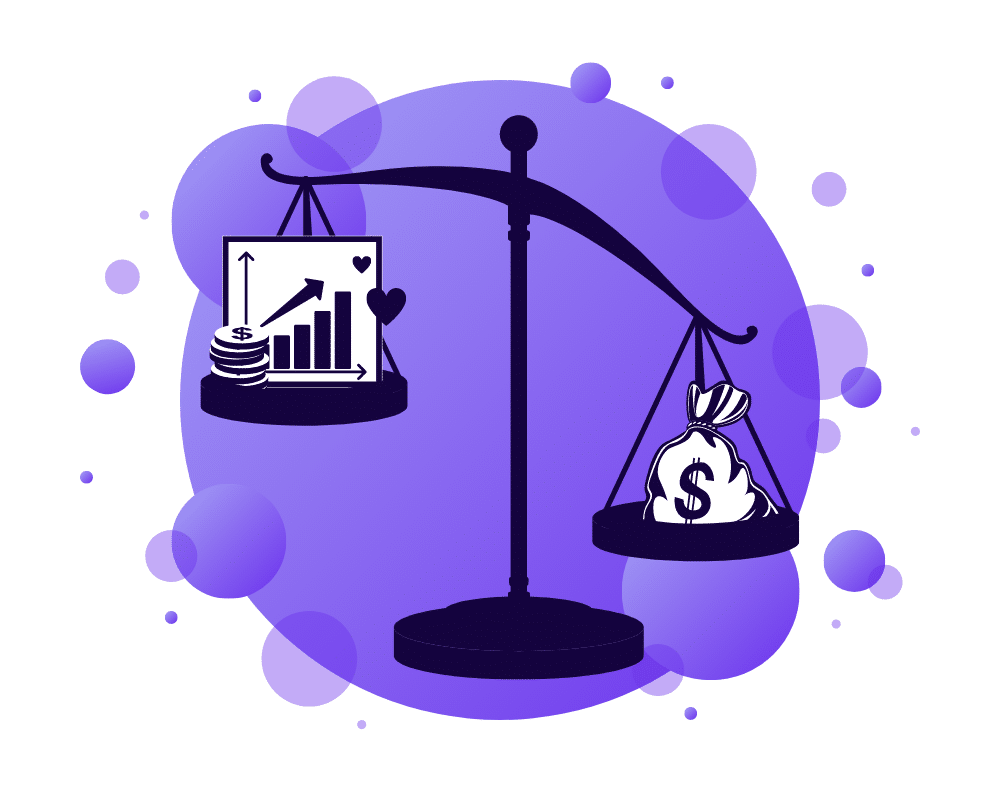
That said, according to SpeakerFlow’s CEO – and experienced salesman – Taylorr Payne, there are still concrete steps you can take to close virtual speaking opportunities time and time again. To hear him tell it:
The “money conversation” is a little like the wild, wild, west, but this is so new that meeting planners and executive directors are just trying to figure it out, too. I encourage speakers to decide what payment they want and prepare to educate meeting planners about that limit. Be sure to account for things like rehearsal time, pre-event meetings, pre-recorded segments, or distribution rights. All of these can be separate line items that are justified as long as they provide value for the event organizer.
In terms of dollars, Taylorr also coaches that speakers can expect a 40% to 60% smaller fee than for a live event, but there needs to be a floor (he recommends no less than $2500).
It’s also important to note that this is just the beginning! Like so many speaking industry changes in the past, this is just the start of virtual speaking. Consequently, the more practice you get, selling to virtual event planners, the easier it will be – guaranteed. 👌
For more information about virtual events, check out our guides to exceptional virtual speaking and 10 virtual speaking stats you need to know.
